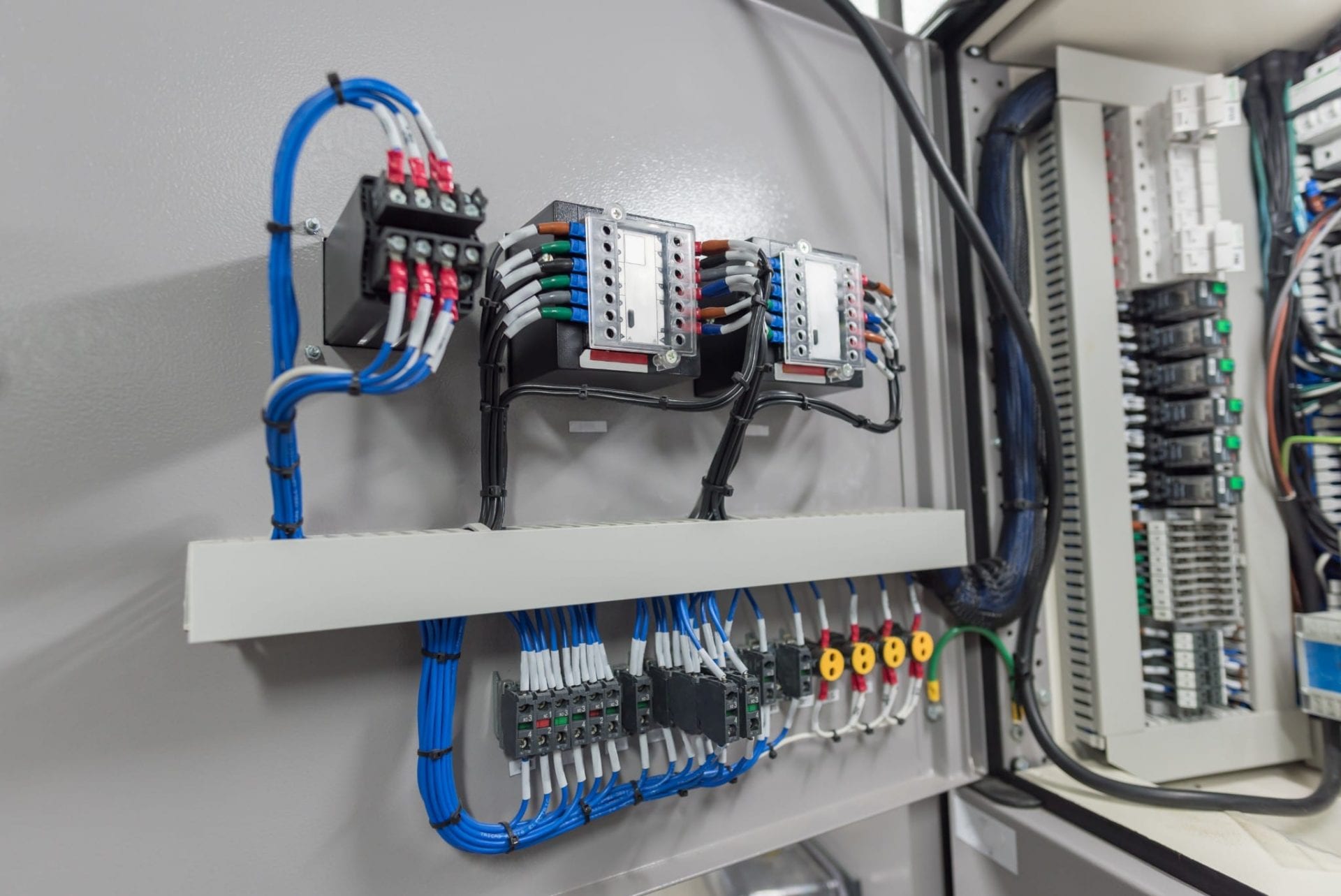An Amateur's Guide to Electrical Wiring: A Comprehensive Overview

The electrical wiring is an essential component of any home and understanding it is important for every homeowner. It is not just important in ensuring the proper operation of your home, but it is also essential for your safety. In this article, we’ll discuss the basics of electrical wiring, the importance of safety as well as the benefits having an authorized residential electrician for all your electrical wiring requirements.
Understanding the fundamentals of electrical wiring
Wiring for electrical purposes is the set of electrical conductors that run throughout your home, providing electricity to your appliances as well as lighting fixtures. It is formed by electrical circuits that connect your sources of power and your appliances. Electrical circuits consist of wires, switches, along with other electronic components, which function to create a safe and efficient electrical system. There are different types of electrical wiring, including aluminum, copper, as well as types of wire insulation such as PVC paper, rubber, or.
Preparation and Planning for Electrical Wiring
Before you install an electrical wire, you must consider several aspects to take into consideration, such as the kind of wiring that you require, the power capacity that your electric system can handle and your power needs. Additionally, it is important to be aware of the electrical wire regulations as well as permits needed in your region. In order to prepare your electrical wiring system, you must create an electrical plan, and then assess your electrical needs. This will make sure that the electrical wiring is secure efficient and effective, as well as meeting your power needs.
Materials and Tools Needed for electrical wiring
When installing new electrical wiring it is essential to have the proper materials and tools on hand. Tools that are essential include strippers, wire cutters, pliers, as well as a voltage tester. Other items required to conduct electrical wiring are electrical tape, wire nuts conduit as well as electrical box. It is also helpful to have a wiring diagram to guide you through the process of installing.
Step-by-Step Guide for Electric Wiring Installation
Installation of electrical wiring can be an intimidating process however, with the right tools and expertise you can do it in a safe and efficient manner. Here’s a step-by step guide to installing electrical wiring inside your home:
Switch off the power in the area where you will be working.
Create a wiring plan and mark the location where the wiring will be positioned.
Install electrical conduits and electrical boxes wherever needed.
Cut and strip the wires until the proper length.
Make sure you connect the cables to your devices or fixtures that you’re wiring.
Secure the wires in place with wire nuts, electrical tape, and conduit straps.
Test the wiring to ensure it is functioning properly.
When installing the wiring, it is important to follow wiring installation best methods and suggestions. Be aware of the common mistakes that you should avoid while installing wiring for example, over-loading the circuits of damaged wires and using the incorrect kind of wire for the job.
Troubleshooting Electrical Wiring Problems
Even with careful planning and installation, electrical wiring issues can develop. The most frequent issues are wiring problems, overloads in circuits, and electrical shorts. To troubleshoot these problems it is crucial to know about the most common electrical wiring problems and understand how to safely and effectively solve the issue. In addition, it is essential to follow the proper electrical safety protocols when attempting to solve electrical wiring problems, such as turning off the power and wearing safety equipment.
Conclusion
In conclusion, understanding the electrical wiring inside your home is vital to your safety and for the proper functioning that your electric system provides. It is essential to employ an authorized electrician to ensure your wiring is maintained and installed properly. We at Local Electrician Kings Langley, we provide various electrical services that include wiring installation and repair. Contact Local Electrician Kings Langley at 1300 610 481 for all your electrical wiring needs.
Electrical Wiring FAQ
Here are some commonly asked questions regarding electrical wiring, along with extra safety advice and the best practices for electrical wiring installation and repair:
What type of wire do I need to use to wire my electrical circuit?
The type of wire that you will need for electrical wiring is contingent on the specific requirements of your home and the local building code. It is important to use the correct wire gauge, insulation type, and wire material to ensure the safety and efficiency for your wiring system.
Can I install an electrical wire of my own?
Although it is possible to create an electrical wire yourself it’s important to have the right knowledge and experience to complete the task in a safe and efficient manner. In the majority of cases, it is recommended to employ an experienced electrician to ensure your wiring is installed and maintained correctly.
How often should I inspect my electrical wiring?
It is recommended that you inspect your electrical wiring at least every 10 years, or when you spot indications of electrical issues, such as frequent circuit breaker trips or electrical shocks.
What should I do if find electrical wiring issues within my home?
If you observe any electrical wiring problems in your home, for example, flickering lighting or outlets that do not function, it’s important to fix them right away. Switch off the power source to the area affected and call a licensed electrician to determine and fix the issue.
If you follow these guidelines and the best practices, you can make sure that your electrical wiring is secure and working in a safe manner. Make sure you are taking safety into consideration and consult with a licensed electrician whenever you need to. Call Local Electrician Kings Langley at 1300 610 481 to discuss all of your electrical wiring needs.
